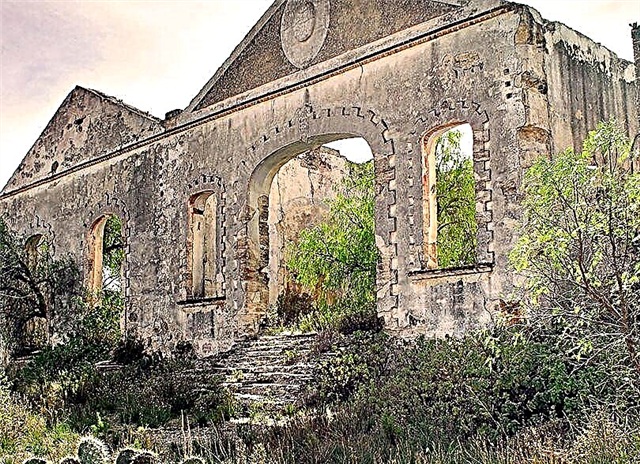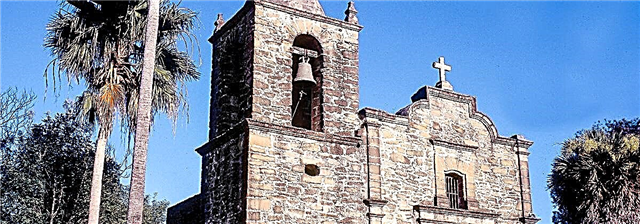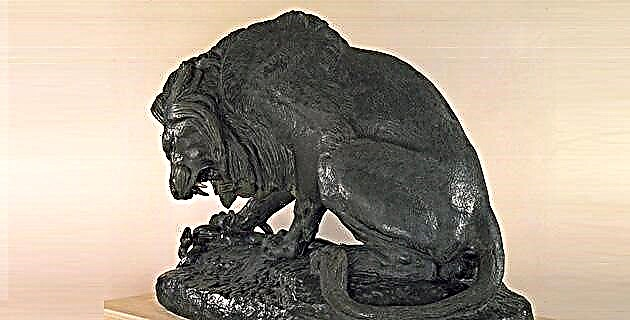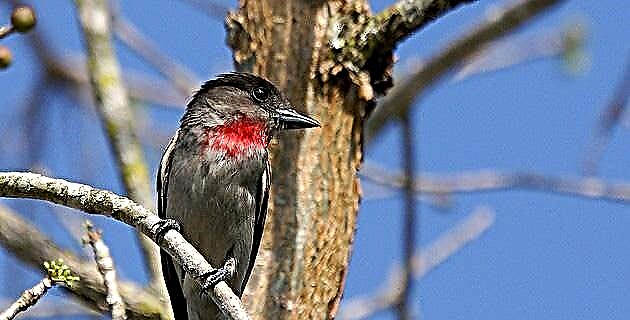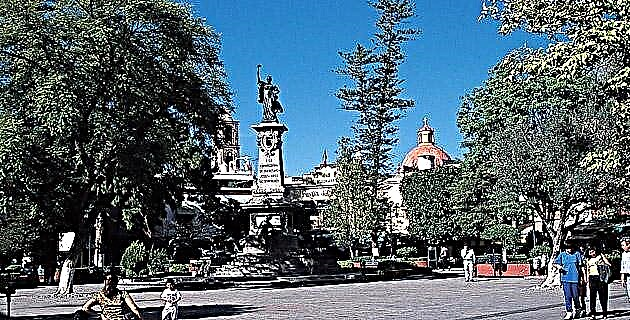
Since the time of the conquest, Querétaro was one of the favorite places for the Spanish to settle with their families.
Being the last place that was considered civilized before entering the "barbarian" territories of the Chichimecas, on the way to the gold and silver mines of Zacatecas, Querétaro was an obligatory stop for stagecoaches and a place to stay. This is how the region, originally populated by Otomies or ñañús, grew considerably with the children of the peninsulares: the Creoles. Haciendas, large houses and convents proliferated in those lands with a temperate climate and friendly, restless and hard-working people.
The independence movement began in the region of Querétaro, Guanajuato and Michoacán in the first decade of 1800. At that time the literary gatherings where the magistrate Don Miguel Domínguez and his wife, Mrs. Josefa Ortiz de Domínguez, brought together several of his friends who sympathized with the libertarian ideas of Don Miguel Hidalgo y Costilla, all of them Creoles, as his hosts.
Through time, Querétaro has witnessed important historical events that marked the life of the country.
In the thirties of this century, many valuable Spaniards who did not agree with the political regime of their country were asylum seekers by the Mexican government. Some of them worked and bought stables and land on the outskirts of the Federal District. When the city grew and expanded, these lands acquired great commercial value, so in the sixties most of the owners sold them and bought farms, rural lands, houses and businesses in the state of Querétaro, where they settled to live and work.
From the Colony to the present day there are the traditions that, brought from Spain, took root in the Queretaro world. Thus, we see farms dedicated to the breeding of fighting and mixed bulls, such as La Laja and the Grande de Tequisquiapan farm, some in full production, some of them abandoned and others converted into hotels, such as Galindo, or country houses. , such as Chichimequillas and El Rosario de la H, which was a gift from the viceroy Don Antonio de Mendoza to Hernán Cortés's captain, Juan Jaramillo, when he married Malinche.
Tradition deeply rooted in the region is that of the old obrajes and fulling mills, now converted into large and modern textile factories; The pedal yarn workshops where sheep wool fabrics are made by hand still exist. The unraveling and embroidery made by women from the mountains are very beautiful. The vineyards enjoy the sun and excellent sparkling and table wines are distilled in the wineries. The wheat flour mills provide the raw material with which the delicious queretano bread is made.
Throughout the state there are factories where excellent cheeses are produced by hand with goat or cow's milk; one of the manufacturers, Mr. Carlos Peraza, won a medal in Touraine, France, for the excellent quality of his product.
The fruits of the region, such as peaches, pears and apples, among others, the Queretans crystallize them with sugar, in a laborious and ancestral process.
There are numerous high quality restaurants, with a marked Spanish influence, where some of the owners are Creoles. In the neighborhood of Santa Ana, in the city of Querétaro, year after year the patronal feast of "la Santanada" takes place, a replica of "la Pamplonada" of San Fermín, in Spain, in which bulls are released by the streets, and while people run funny, some fans fight them.
And this is how during the visit to such a thriving state, one feels, smells, perceives and vibrates with the flavors, smells and remembrances of the Motherland.
THE WINES
In the state of Querétaro, there are two modern wine-growing facilities that produce high-quality table and sparkling wines. If you wish, you can visit the Freixenet plant, where you will be taken on a tour of the imposing cellars.
Source: Aeromexico Tips No. 18 Querétaro / winter 2000


